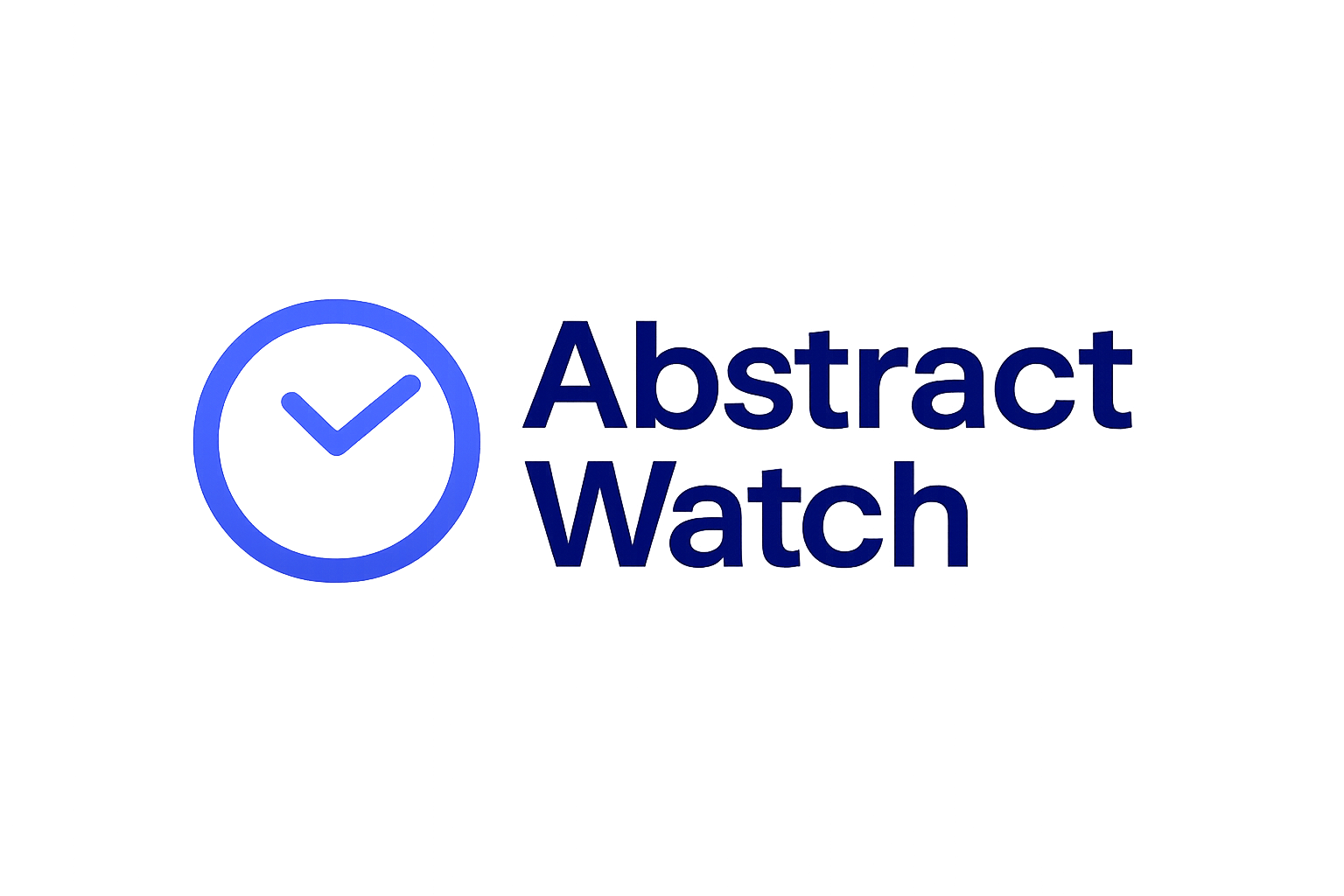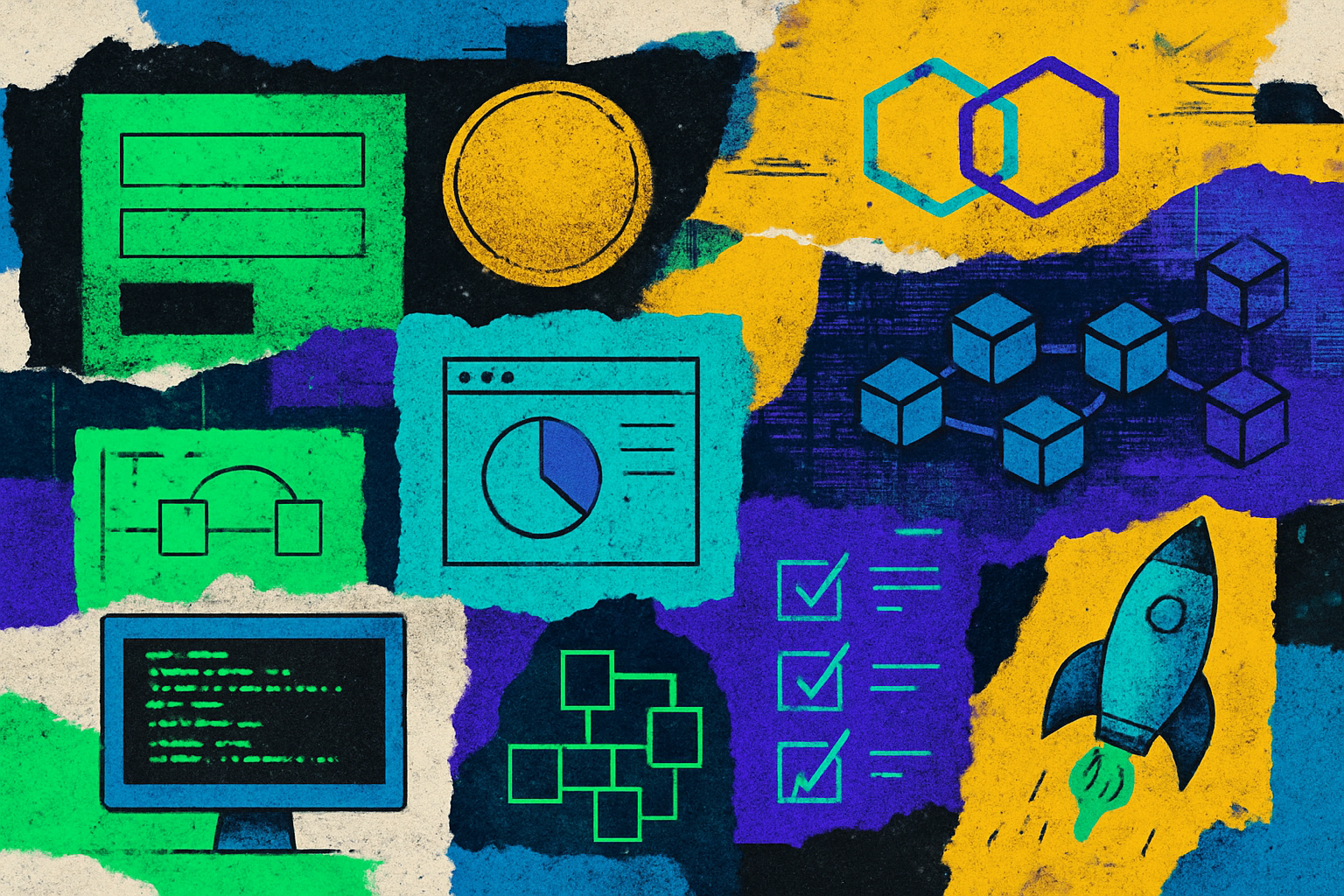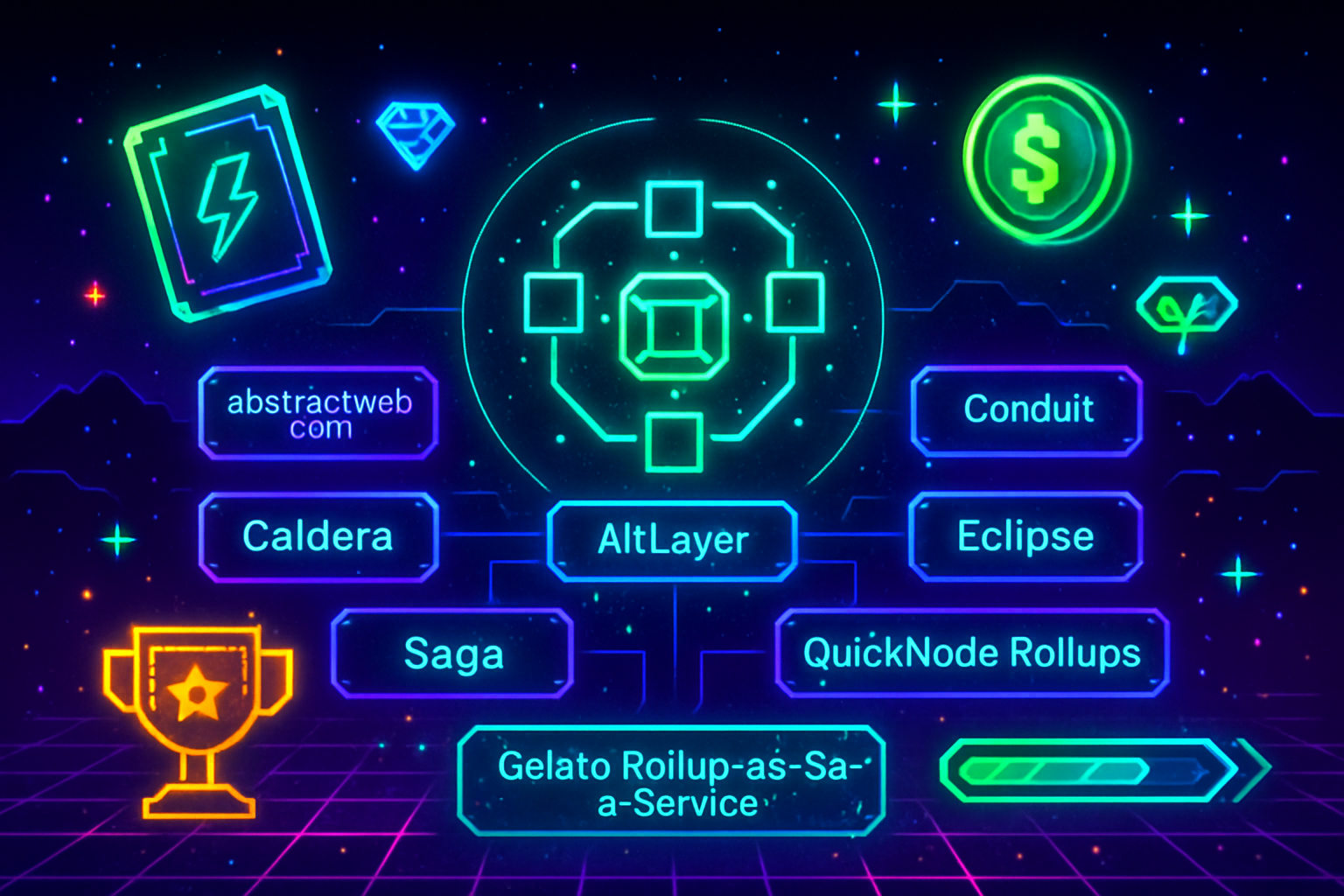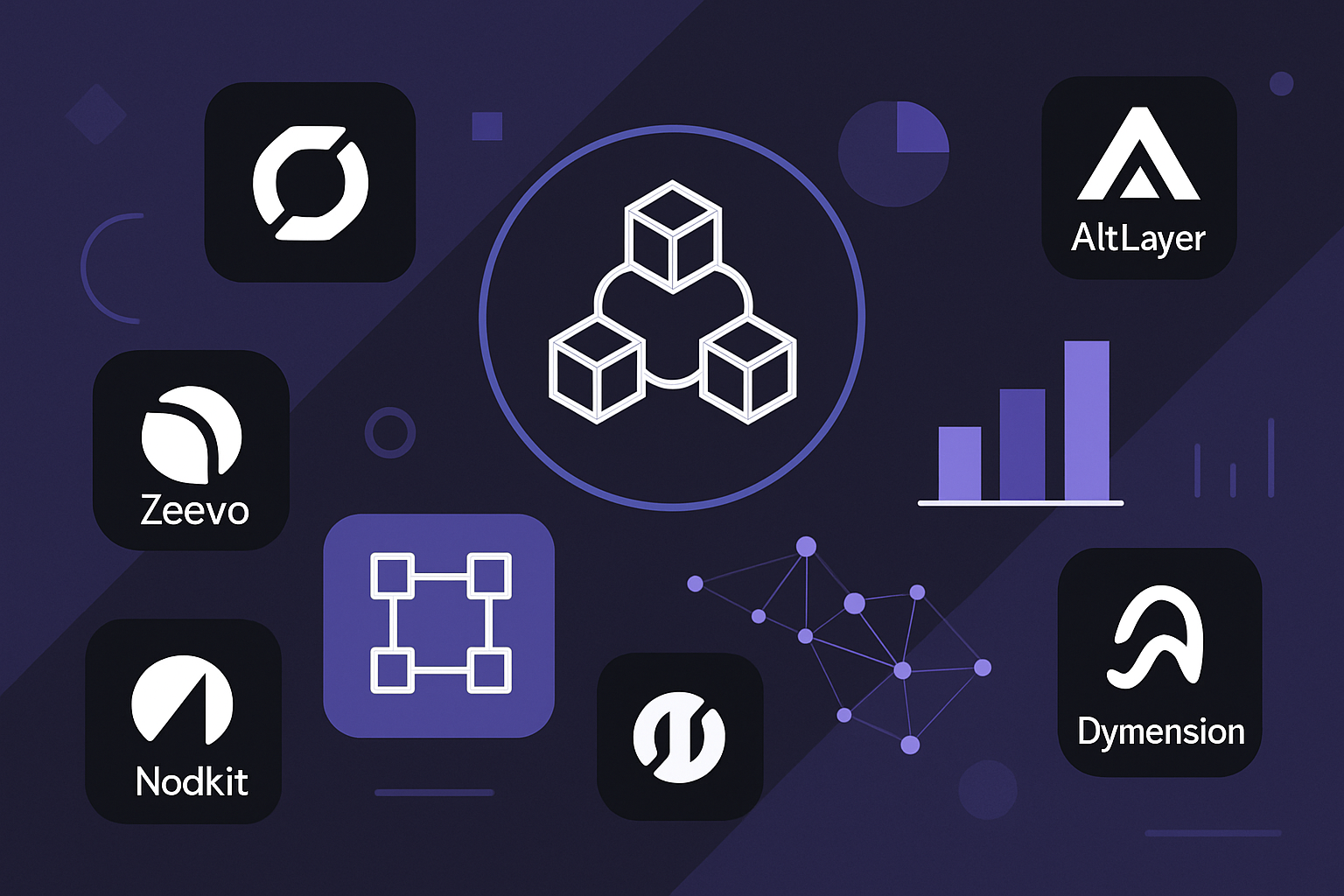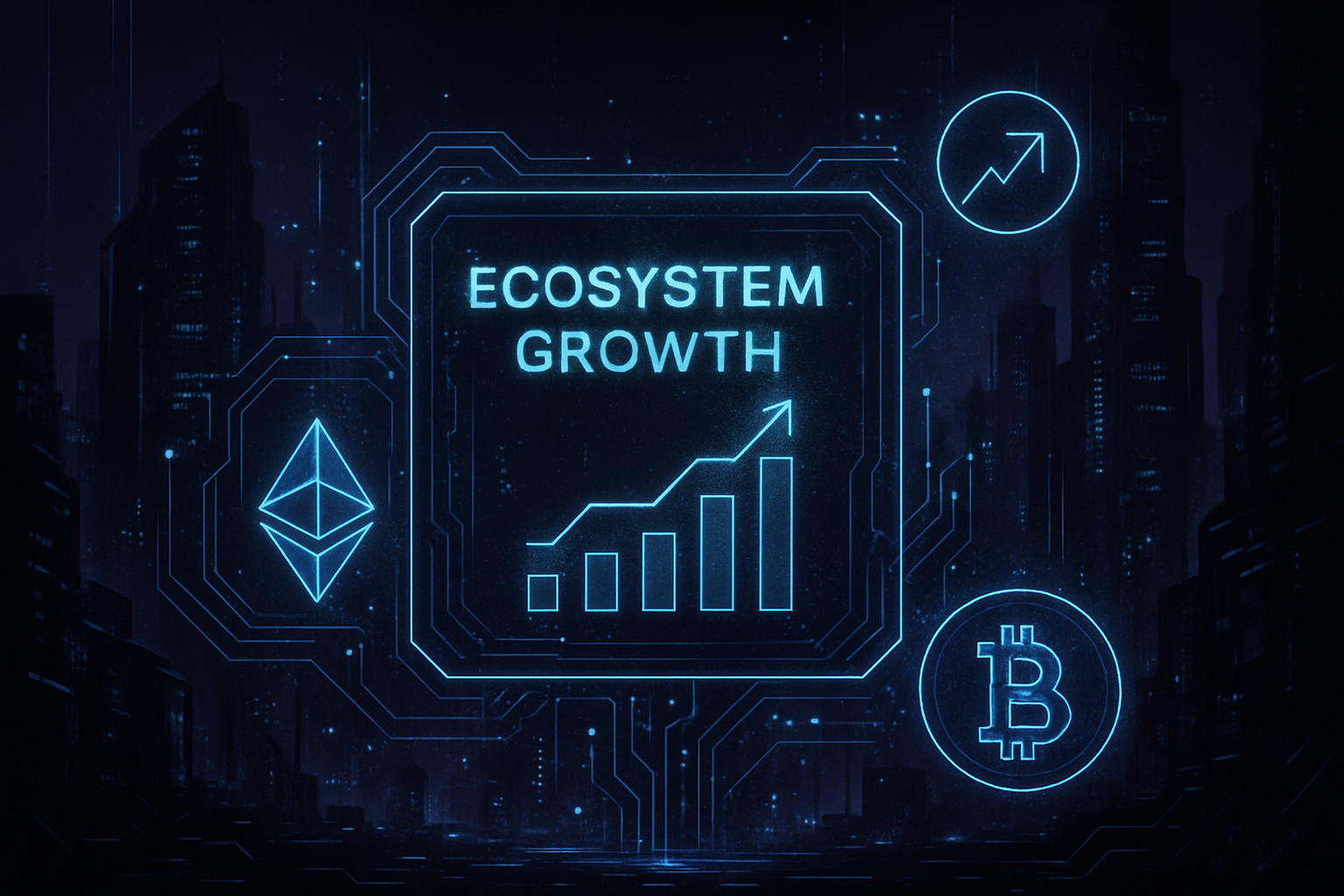
In 2025, the competitive landscape for Web3 startups is defined by a single imperative: scalable, secure, and customizable blockchain infrastructure. The rise of Rollup-As-A-Service (RaaS) platforms has fundamentally shifted how emerging projects approach appchain deployment. No longer do teams need to pour months into bespoke Layer 2 engineering or navigate the labyrinth of security audits. Instead, RaaS providers deliver pre-configured, production-ready rollup solutions that let builders focus on what matters most, innovation and user experience.

The RaaS Revolution: Why 2025 Is the Year of Appchain Acceleration
Rollups bundle transactions off-chain and settle them on Layer 1, dramatically increasing throughput while slashing fees. In 2025, this technology is no longer restricted to protocol engineers or deep-pocketed enterprises. Thanks to RaaS platforms like Instanodes, Caldera, and Conduit, Web3 startups can now deploy custom appchains in hours, not months.
This shift is more than technical; it’s strategic. With tools like Alchemy’s ZK-Rollup-as-a-Service and Asphere’s no-code Polkadot rollup deployment suite, even lean teams can launch high-performance chains tailored to their use case. FastSwap’s recent deployment via Alchemy’s platform reportedly saved about $1.8 million in development costs, underscoring the tangible impact on startup burn rates and runway extension (read more).
Key Benefits for Web3 Startups: From Speed to Security
- Rapid Deployment: Forget long integration cycles. RaaS solutions offer no-code or low-code dashboards that allow founders to spin up interoperable rollups within minutes.
- Cost Efficiency: By abstracting away infrastructure headaches, RaaS cuts both direct engineering costs and opportunity costs associated with delayed launches.
- Customization and Scalability: Platforms like AltLayer support multiple architectures, optimistic and zero-knowledge rollups, so startups aren’t forced into one-size-fits-all models.
- Enterprise-Grade Security: Providers such as Tokyo Techie offer compliance with ISO 27001 and SOC2 Type 2 standards as well as continuous monitoring, critical for projects targeting regulated industries or institutional partners.
This convergence of speed, flexibility, and security means that even non-technical founders can bring new ideas to market faster than ever before.
The Leading Rollup-As-A-Service Providers Defining the Space
The ecosystem is maturing rapidly. According to recent rankings from InstaNodes and Alchemy Dapp Store listings, several providers are setting the pace for reliability and innovation in 2025:
- Instanodes: Delivers one-click zk-Rollup and Optimistic Rollup deployments with seamless integration into major Layer 1s.
- Caldera: Prioritizes user experience with intuitive dashboards and EVM compatibility for frictionless onboarding.
- Conduit: Focuses on modular frameworks that enable production-ready rollups optimized for performance at scale.
- Zeeve and AltLayer: Offer additional flexibility for L2/L3 migrations and architecture selection based on project needs (learn more about platform choices).
The result? Startups are empowered not just to launch but also to iterate rapidly, pivoting architectures or scaling capacity without re-engineering their entire stack.
As the RaaS market matures, competition among providers is driving a relentless focus on developer experience and operational excellence. The best platforms now offer transparent pricing, granular analytics, and robust APIs, enabling teams to automate rollup management and monitor performance in real time. This shift is particularly impactful for Web3 startups that must balance speed-to-market with long-term maintainability.
Top Features Startups Seek in RaaS Platforms for 2025
-
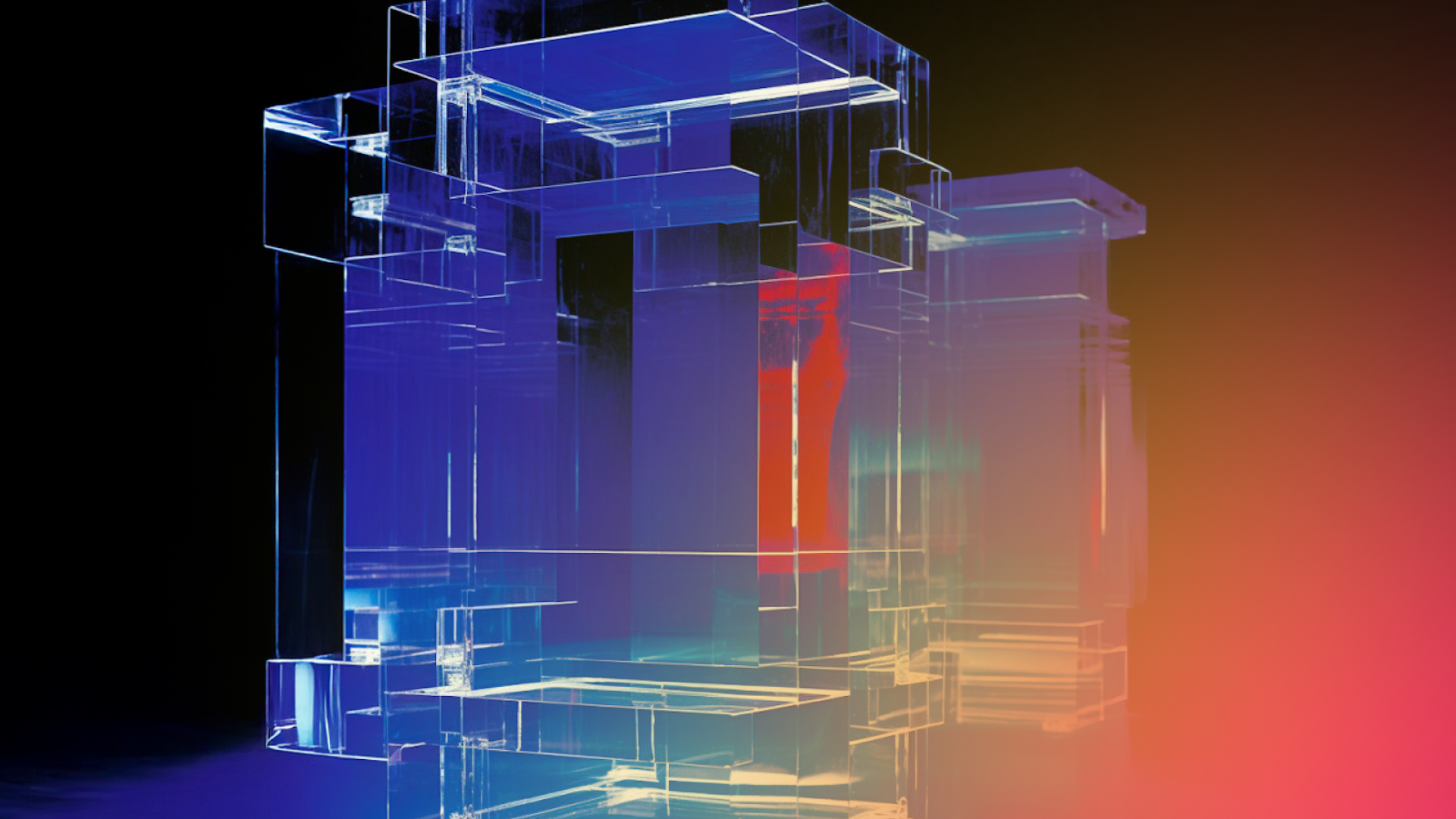
Rapid, No-Code Deployment: Platforms like Asphere enable startups to launch customized rollups in minutes via intuitive no-code interfaces, accelerating time-to-market.
-
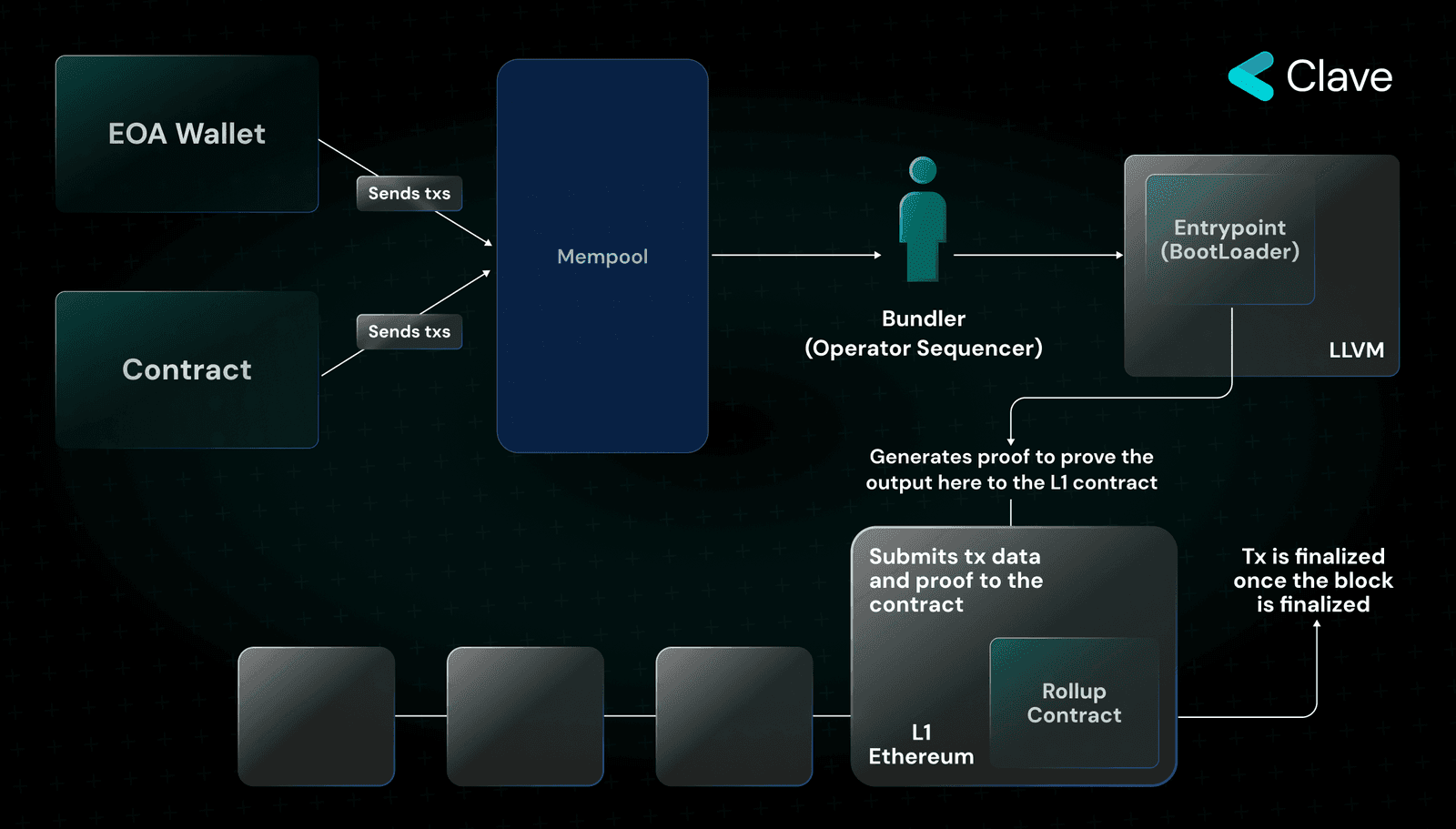
Significant Cost Efficiency: Solutions such as Alchemy’s ZK-Rollup-as-a-Service help projects like FastSwap save up to $1.8 million in development costs by streamlining Layer 2 deployment.
-
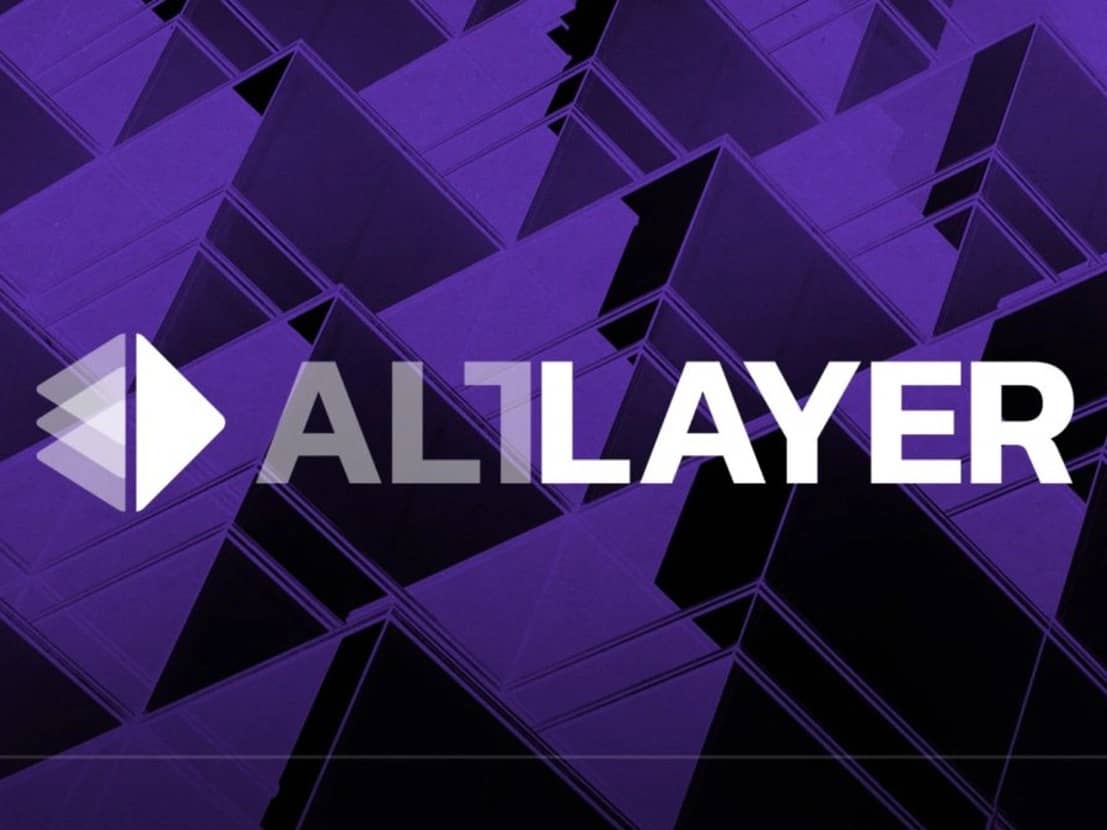
Customizable and Scalable Architecture: Providers like AltLayer offer support for both optimistic and zero-knowledge rollups, allowing startups to tailor solutions for specific use cases and scale as needed.
-
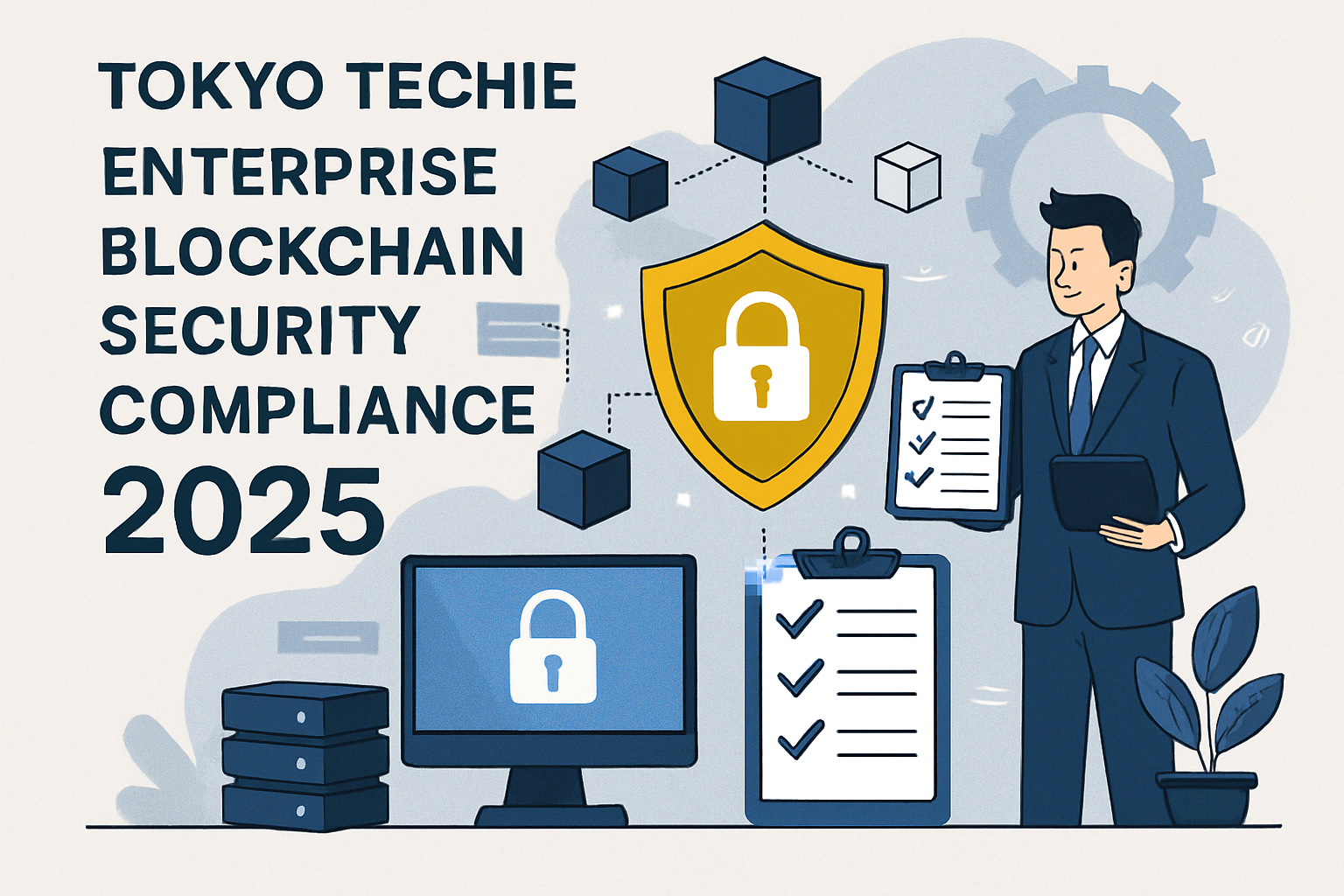
Enterprise-Grade Security & Compliance: Tokyo Techie delivers robust infrastructure with 24/7 monitoring and compliance with ISO 27001 and SOC2 Type 2, ensuring startups meet strict security standards.
-

Multi-Chain and Layer 1 Integration: Instanodes supports seamless integration with major Layer 1 blockchains, enabling flexible deployment across diverse ecosystems.
-

User-Friendly Management Dashboards: Caldera provides intuitive, no-code dashboards for easy monitoring and configuration, streamlining operational workflows for non-technical teams.
-
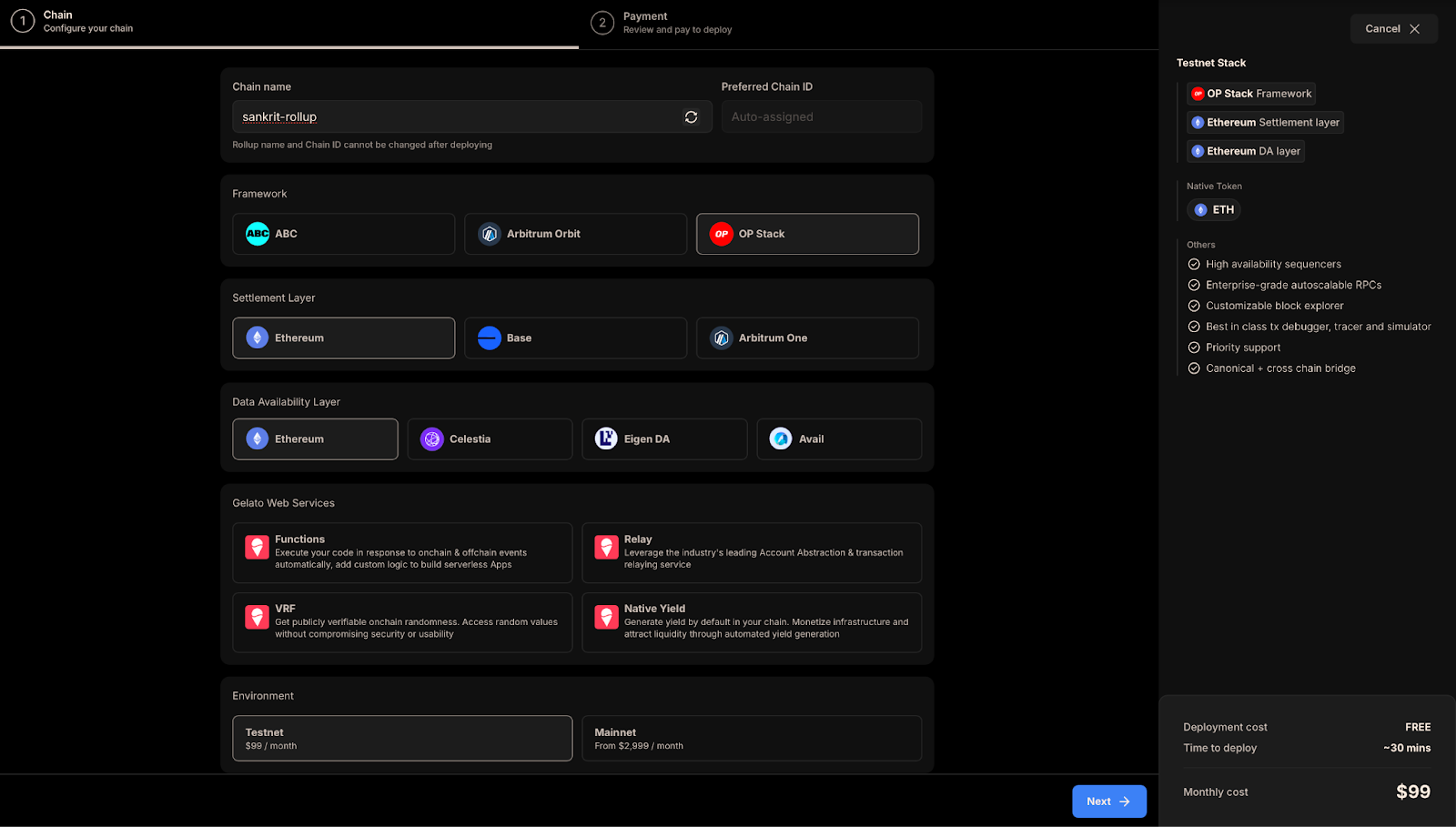
Production-Ready, Modular Infrastructure: Conduit offers secure, high-performance rollup deployments built on modular frameworks, supporting rapid scaling and customization.
Another critical advantage for founders is the ability to iterate on-chain logic without downtime. Modern RaaS solutions support seamless upgrades, permissioned governance modules, and cross-chain communication. These features let projects experiment with tokenomics, integrate compliance controls, or tap into emerging Layer 1 ecosystems as their needs evolve. For many teams, this adaptability is the difference between shipping a minimum viable product and scaling into a thriving network.
Of course, security remains paramount. As institutional capital flows into Web3, startups need assurance that their infrastructure can withstand sophisticated attacks and regulatory scrutiny. Providers like Tokyo Techie have set new benchmarks with 24/7 monitoring and adherence to industry standards such as ISO 27001 and SOC2 Type 2. This level of rigor not only protects end-users but also opens doors to enterprise partnerships that were previously out of reach for most early-stage projects.
The impact of these advancements isn’t just theoretical. In practice, we’re seeing a new generation of Web3 startups go live with custom appchains in days, sometimes less than 24 hours, without sacrificing performance or compliance. Community-driven protocols are launching loyalty programs directly on their own chains; DeFi innovators are rolling out high-frequency trading platforms unencumbered by Layer 1 congestion; gaming studios are building entire economies atop scalable rollup frameworks, all powered by RaaS.
Looking Ahead: The Future of Appchain Deployment
The next phase will see even greater abstraction as RaaS platforms integrate AI-driven optimization tools, predictive scaling algorithms, and deeper interoperability with modular blockchain stacks. As these innovations take hold, the barrier to entry for launching secure, performant appchains will continue to fall, fueling an explosion of experimentation across DeFi, gaming, identity solutions, and beyond.
For founders evaluating their options in late 2025 and beyond, it’s clear that Rollup-As-A-Service is no longer a luxury, it’s table stakes. The winners will be those who leverage these platforms not just to launch quickly but to iterate boldly as market conditions shift. For more insights on how RaaS is shaping multi-chain strategies for startups, explore our deep dive here.
The bottom line: With customizable rollups now accessible to teams of any size or technical background, the Web3 startup playbook has fundamentally changed. The projects that thrive in this new era will be those who seize the agility, and composability, that Rollup-As-A-Service unlocks.
